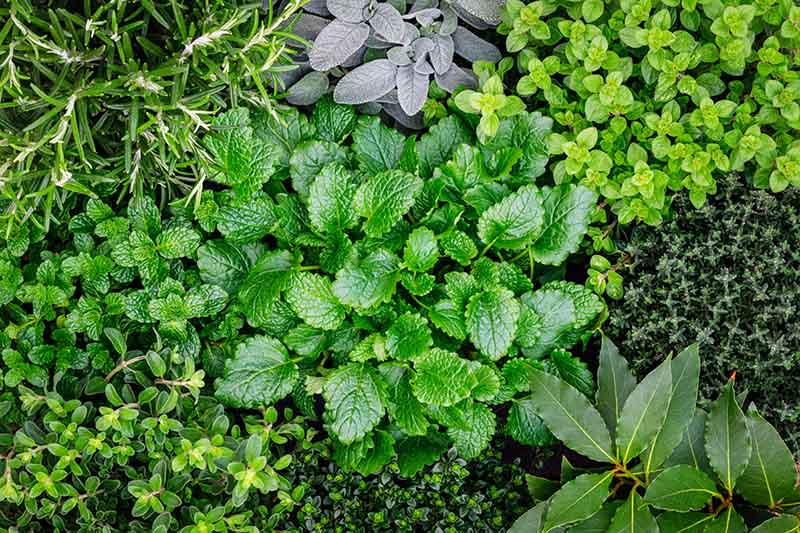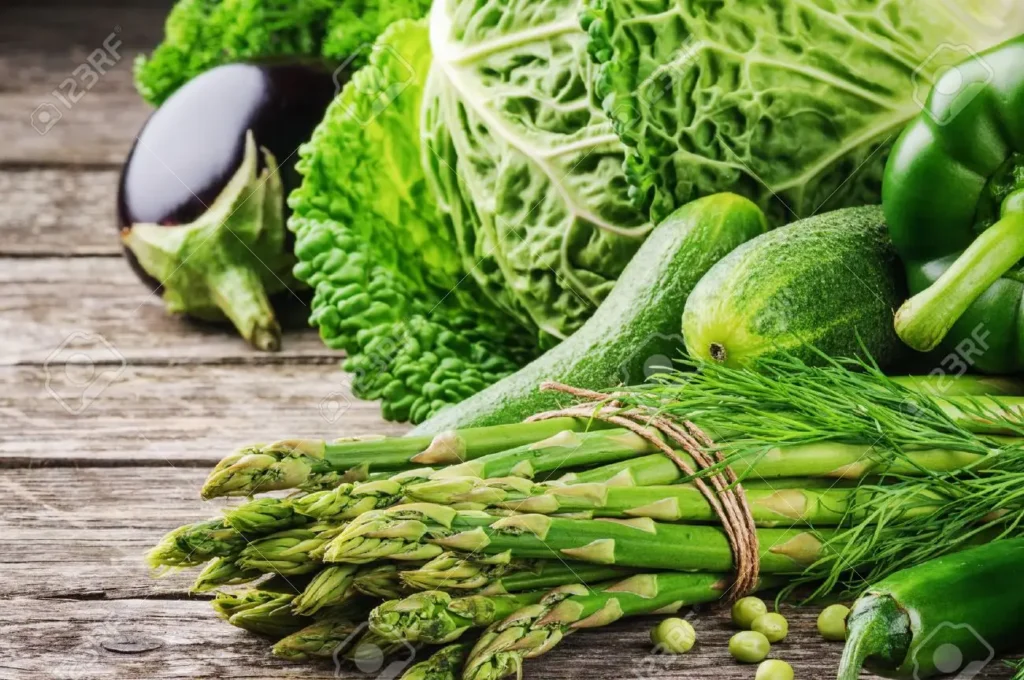It might come as a surprise, but figuring out whether sugarcane is a fruit, a vegetable, or grass isn’t as simple as it seems. Let’s go through this together in this detailed article and learn about sugarcane’s true nature.
Sugarcane has been a critical crop across different cultures for a very long time. Yet, there is often confusion about whether we should call it a fruit or a vegetable or recognize it as a grass. This can get pretty confusing.
In this detailed article, we will explore the world of sugarcane to understand what it truly is. We’re going to dissect if it’s a fruit, a vegetable, or grass, and talk about its nutritional benefits and what makes it stand out from other plants.
Table of Contents
Understanding Sugarcane
Sugarcane is a large type of grass that thrives in warm, tropical, and subtropical places. It’s incredibly important because it’s a main source of sugar and sweet products worldwide. Sugarcane plants come in many colors, like red, white, and yellow.
This giant grass can grow more than 6 meters tall, and its thick stems can be as wide as 10 cm. When sugarcane matures, it’s full of a sugary juice that gets turned into lots of sweet stuff, including molasses, brown sugar, and raw sugar.
People don’t just use sugarcane for sweets; its juice can make alcoholic drinks like rum and cachaça. Plus, sugarcane is also used to feed animals, make paper and ethanol, and as a biofuel too.
So, Is Sugarcane a Fruit, a Vegetable, or Grass?

When it comes down to it, sugarcane is actually a grass. It’s part of the genus Saccharum family, which also includes familiar grains like wheat, rice, and corn.
Like other grasses, sugarcane has a stem that’s hollow and has joints. It grows tall and straight, with sections divided by nodes. Its leaves are long, thin, and have straight veins running along them. These are typical grass traits, so that’s why we know for sure sugarcane is a grass.
Sugarcane isn’t a fruit because fruits have seeds and come from flowers, and sugarcane doesn’t meet these criteria. Plus, fruits are often sweet and tasty, and sugarcane doesn’t really have that kind of edible flesh.
It’s not considered a vegetable either. Vegetables are usually other plant parts that are edible, like roots, stems, or leaves. Since sugarcane isn’t typically eaten this way, it can’t be called a vegetable.
In summary, sugarcane is a type of grass with a special kind of stem and leaves that resemble other grass varieties. It’s neither a fruit nor a vegetable due to its physical characteristics and the way it grows. Given the right care, sugarcane can be a source of tasty and nutritious juice.
How is Sugarcane Different From Other Fruits and Vegetables?
As a grass, sugarcane stands apart from most fruits and vegetables, which are either flowering or non-flowering plants. This is a key difference that sets sugarcane apart.
People grow sugarcane mostly for its sugary liquid that they turn into different kinds of sugar. Whereas with fruits and vegetables, they’re grown for their edible parts, like the flesh of fruits or the green bits of vegetables.
Sugarcane also grows differently than fruits and vegetables. It grows up from a stem that doesn’t have any seeds, unlike fruits that develop from the flower’s ovary and contain seeds necessary for making more plants. Vegetables are parts of the plant that we eat, like the leaves, stems, or roots, and sugarcane isn’t used in that way.
Also, sugarcane is usually grown in large fields and harvested on a big scale. Fruits and vegetables, on the other hand, might be grown in smaller plots or gardens and sold in local markets in smaller amounts.
When it comes to what’s inside, sugarcane juice is packed with sugar, vitamins, and minerals. But fruits and vegetables usually have less sugar, and more fiber, vitamins, and minerals compared to sugarcane juice.
In the end, sugarcane is a special kind of grass that’s grown for its sweet juice. It’s different from fruits and vegetables because of how it grows, what parts of it are used, and what kind of nutrition it offers.
Nutritional Benefits of Sugarcane
Sugarcane is packed with all kinds of good stuff for you. It’s full of carbohydrates which give you energy super fast because of the natural sugars in the juice: fructose and glucose.
Not only that, but it also has important things like calcium, iron, magnesium, and potassium. These are essential for strong bones, healthy blood, and muscles. Plus, it’s got vitamin C and B vitamins in it which are important for a good immune system and metabolism.
Antioxidants like flavonoids and anthocyanins are also found in sugarcane juice. These help your body fight off inflammation and could even protect against cancer. Sugarcane also has amino acids, which are the building blocks for proteins. They help your cells grow, and keep your hair, skin, and nails looking good.
Drinking sugarcane juice can have lots of benefits, especially if you choose it over sweet drinks that have added sugar. Because sugarcane juice has a lot of carbs that provide energy, along with vitamins, minerals, amino acids, and antioxidants, it can make a great addition to a healthy diet.
Conclusion
Sugarcane is a grass, not a fruit or a vegetable, and it’s known for its sweet juice. It’s filled with minerals, vitamins, and sugar and has great health benefits due to its content of calcium, iron, magnesium, and potassium.
Sugarcane can offer lots of good nutrients and is full of compounds that might help prevent diseases. So, including sugarcane juice in your diet could be a tasty and healthy choice!




